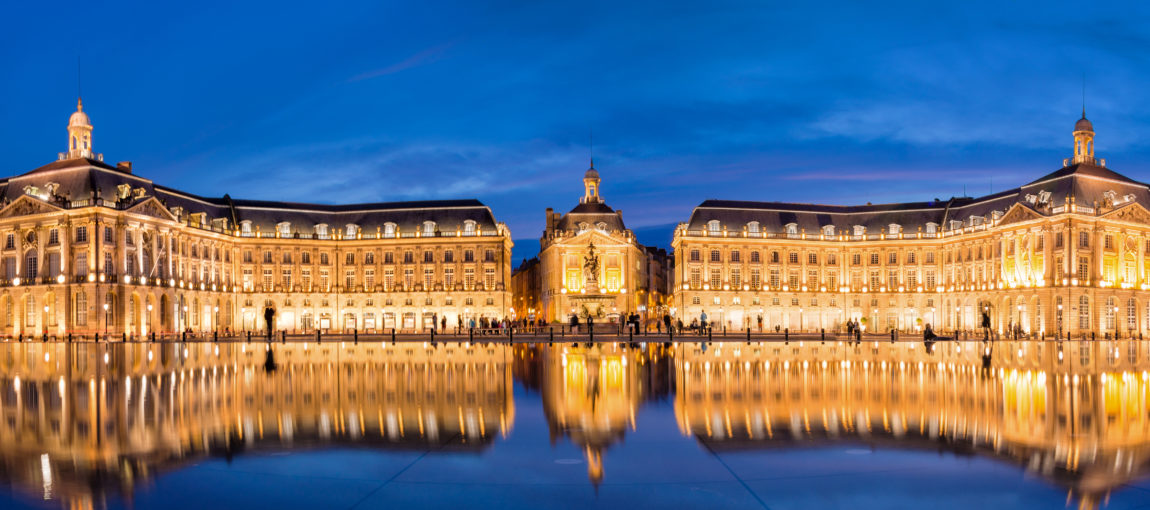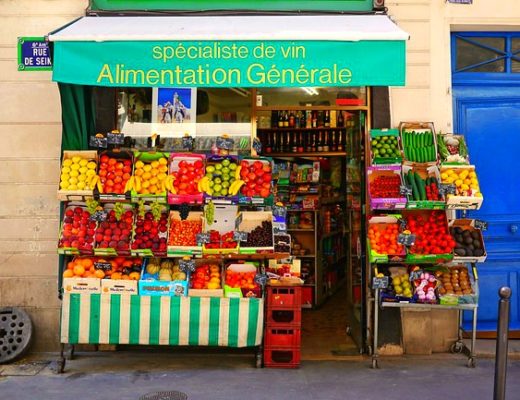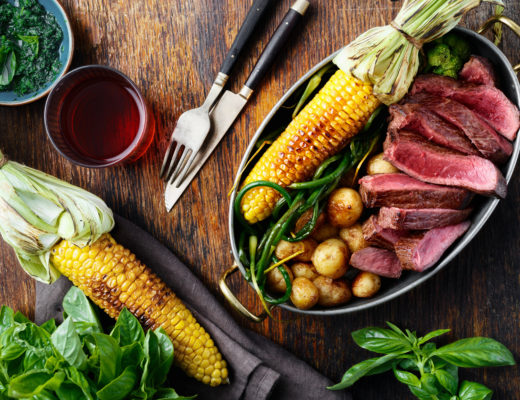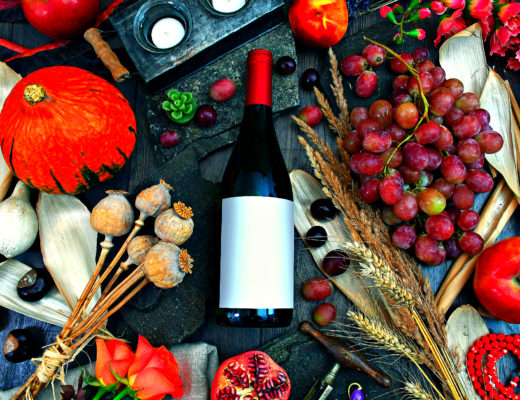The Producer
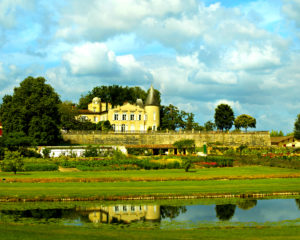
There’s a certain exclusivity associated with the wines of Domaines Barons de Rothschild (Lafite). Watch almost any movie where an expensive bottle of French wine is being ordered or referenced and you’ll most likely hear the word “Lafite”. The wine’s high quality and equally high demand produce an average price per bottle of around $900.00. This price easily rises exponentially for trophy vintages.
If that’s a stretch for your wine budget (as it is for mine), you might be pleased to hear that there are some introductory tiers of DBR (Lafite) wines that prove themselves to be accessible for even the tightest of budgets. The least expensive are the Légende and Château Rieussec labels. After that, the prices tend to head North with their Château Duhart-Milon and Château L’Evangile labels. There’s even a line of Champagne – Champagne Barons de Rothschild.
The Event
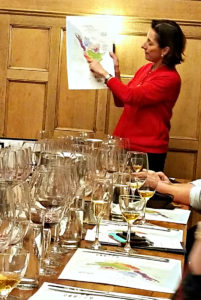
I was privileged enough to taste through a lineup of these wines at a luncheon hosted by Taub Family Selections at Urban Farmer in downtown Denver with DBR (Lafite), Bordeaux Collection Winemaker, Diane Flamand. Even if no food or wine had been served, listening to the accomplished and poised Ms. Flamand discuss key regions, growing conditions, and vintage variations when it comes to Bordeaux winemaking would have been a fine afternoon in its own right. However, we did have outstanding wine and excellent food that elevated the luncheon to next-level chic without losing its grounded tone.
The Wine and Food Pairings
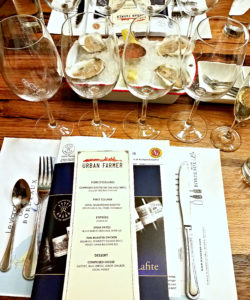
I mean, who wouldn’t want to start out with a perfectly chilled glass of Champagne Barons de Rothschild Brut paired with a gorgeous fresh oyster on the half-shell while settling in? If you’re amongst the majority of people who would willingly say yes, feel free to read on (if not, I’ll just assume you have a shellfish allergy, and you should probably just read on anyway). What would soon appear in our glasses was a really lovely duo of white Bordeaux – The Légende, Bordeaux Blanc and the Château Rieussec, “R de Rieussec” Bordeaux Blanc. The Légende was certainly brighter, most likely due to the 70% of Sauvignon Blanc in the blend, while the Château Rieussec was a bit more complex and hearty with its Sémillon base (see complete tasting notes and vintages on all wines below).
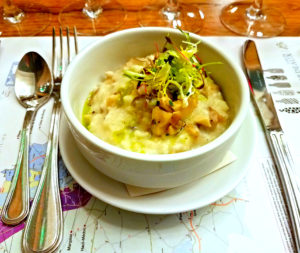
Our next flight consisted of Légende wines focusing on different regions. These included the Bordeaux Rouge (fruity and bright), Médoc Rouge (mature and spicy), Saint-Emilion (earthy and more tannic), and Pauillac (soft oak and balance). After our initial assessment of the wines, the mushroom risotto hit the table and we all indulged in our own particular forms of pairing dexterity. The creamy mushrooms nicely softened the tannins on the Bordeaux Rouge, while the Médoc Rouge found a way to heighten an already elevated dish. The Saint-Emilion did this really fun smoky transition that made the mushrooms taste incredibly different than they did on their own, and the Pauillac became more round with the truffle oil in the dish.
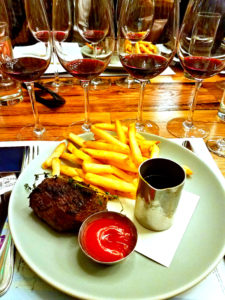
Our glassware was then filled with the Château Duhart-Milon “Moulin de Duhart”, Pauillac and the Château L’Evangile, Pomerol, while a fun presentation of Steak Frites was placed at the table. The “Moulin de Duhart” was an elegant mix of fruit, spice, earth and tannin and the Château L’Evangile was incredibly adept at showcasing aged and non-fruit characteristics such as “black tea and dried florals”.
While I believe professional valuation and diligent note-taking are of the utmost importance, I also believe in just enjoying something that is great. I’ll be completely honest, I didn’t spit or dump either of these two wines (because it was my day off, the wines were delicious, and sometimes you just have to say “what the hell”). They reminded me of all the things that make Bordeaux one of my favorite regions. And, quite frankly, we need to be reminded from time to time of why we’re in this industry in the first place. To share and enjoy great wine!
All Good Things Must Come to an End
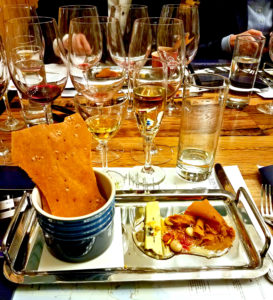
Finishing the last drops of the Château Duhart-Milon and the Château L’Evangile was like bidding an old friend farewell, knowing that you’ll see them again in the future. While not an easy task, the mood was lightened by a glass of Château Rieussec 1er Grand Cru Classé, Sauternes and a truly original, and equally delicious, cheese plate consisting of bleu cheese, gjetost, honey and pepper jelly. It was the neutrality that the sweet (but not cloying) and viscous Sauternes handily brought to the strong flavors on the plate that led to a great pairing discussion, an appearance from the chef, and an appropriate close to the luncheon.
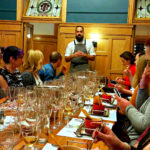
Many thanks are in order for Southern Glazer’s Wine and Spirits, Chris Starkus of Urban Farmer, Lucas Holub of Taub Family Selections, and of course, Diane Flamand of Domaines Barons de Rothschild (Lafite) Bordeaux Collection.
The Tasting Notes
Champagne Barons de Rothschild Brut, NV – A blend of Chardonnay and Pinot Noir using 40-45% reserve wines. Nice earthy tone. Tastes and smells like a grower-Champagne. Musky with white florals and perfume along with baked pear and apple. Lovely bready and yeasty note for some added weight on the back of the palate.
Légende, Bordeaux Blanc, 2017 – 70% Sauvignon Blanc and 30% Semillon. With no oak and a subtle grassy note on the nose, this wine also has some warmth despite the light grapefruit characteristic mixed in with tropical fruit. The Semillon imparts a “discreet” balance layered with a subdued brightness. Lovely on the palate with a nice hint of salinity and minerality on the back. After it opens up, there is more tropical fruit as opposed to citrus, although it’s there. Nice white Bordeaux, especially for the price.
Château Rieussec, “R de Rieussec”, Bordeaux Blanc, 2016 – More Semillon in the blend allows for “more complex aroma and body”. A baked fruit and compote character gave the wine even more weight and lusciousness on the palate. However, there was also enough acidity from the citrus notes of the Sauvignon Blanc to lift the structure on the back. Pair with dover sole or fresh oysters on the half shell.
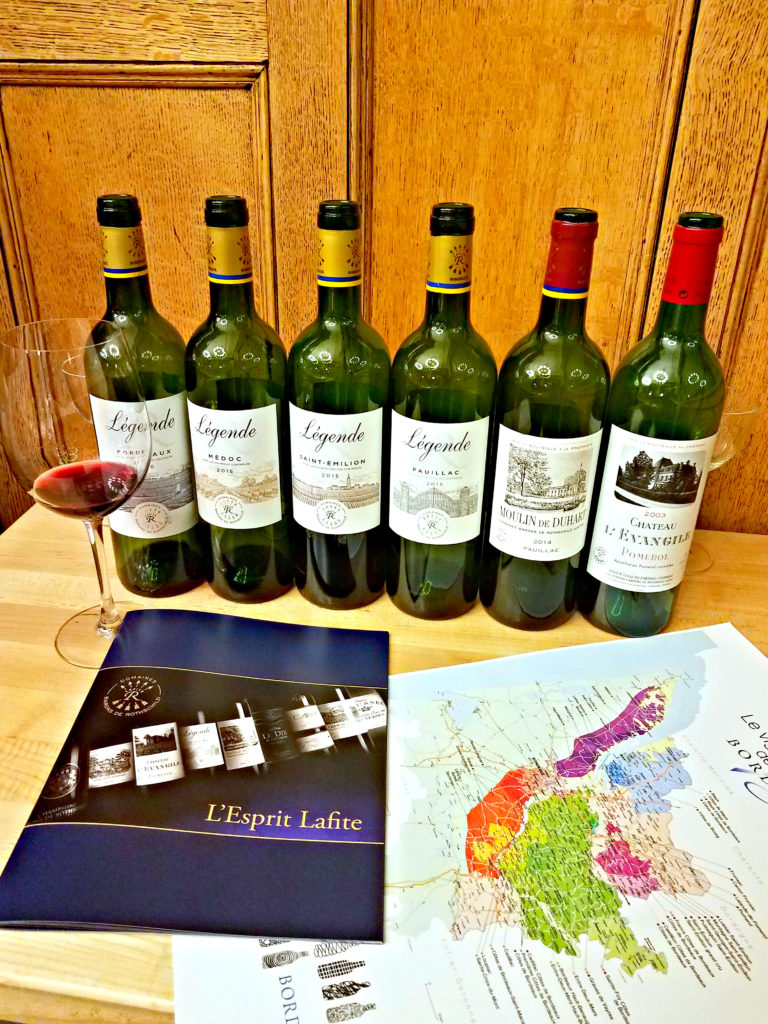
Légende, Bordeaux Rouge, 2016 – Moderate plum and light strawberry notes. In 2016, Diane informed us, the Cabernet reached perfect maturity allowing for an excellent level of ripeness and softer style of tannin. On its own, the wine’s a bit more fruit forward, with the earth tones coming in a fairly close second. It’s nice, bright, and lifted with a good balance between acid and tannin and should prove to be a really nice depiction of an introductory level Bordeaux Rouge.
Légende, Médoc Rouge, 2016 – This is a more mature style of Bordeaux than above, although it has the exact same blend of 60% Cabernet Sauvignon and 40% Merlot. It’s an excellent example of how particular regions express their terrior. Along with the typical fruit characteristics, it has more going on, like the little bit of minerality and light hint of green bell pepper detected on the bouquet. On the palate there’s more black and white pepper with some wood spice. Longer and fuller on the finish. This wine doesn’t disappoint as it tends to elevate pairing dishes like mushroom risotto and leaner cuts of beef.
Légende, Saint-Emilion, 2015 – A blend of 85% Merlot and 15% Cabernet Franc. Definitely more earth-forward character to this wine with lots of mushroom, loam, and sous bois. The finish has the most apparent tannins of all of the reds and the mid-palate offered more depth and a bit of a smoky note combined with a subtle spiciness on the back. This wine can age easily for the next 5-10 years.
Légende, Pauillac, 2015 – This wine certainly has a bit more oak right off the bat. Not a surprise since 60% of it is aged in barrels that come from DBR (Lafite)’s own cooperage. More of those mushroom and loam components mixed with some red fruit (cherry) allow the wine to be softer and more elegant on the palate. The wood-driven spice on the wine compliments the 70% Cabernet Sauvignon and 30% Merlot blend. The tannins start early on the mid-palate and offer a mostly balanced and clean finish. The inner workings on the palate tend to make the spices in food more apparent. This wine can age for 5-10 years.
Château Duhart-Milon, Moulin de Duhart, Pauillac, 2014 – This wine would be a massive treat for anyone who loves Pauillac. It’s a classified 4th growth (the only one in Pauillac) and is unique in that it’s Merlot-based. Wow, gorgeous earth on the nose with beautiful notes of minerality and barnyard upfront. This wine has everything it needs to be a well-priced luxury Bordeaux, and it’s all woven in layers throughout the many stages on the palate. Fruit, spice, earth, and tannin all work in conjunction with one another leading up to a long and incredibly balanced finish.
Château L’Evangile, Pomerol, 2003 – It was so nice of them to open this for us. Our conversation took an immediate turn to the presence of “tertiary” notes on this aged wine. There were descriptions of black tea and dried florals that seemed to dominate the bouquet. The 79% Merlot and 21% Cabernet Franc that make up the blend come from vines that are grown in a unique combination of gravel, sand, and clay soil. The estate lies right between Chateau Cheval Blanc and Chateau Petrus (not a bad neighborhood). Diane recalled the vintage as being hot, but still very suitable for age ability as this wine is solid proof of that. HOW LOVELY IS THIS! Big notes of truffle, loam, soft plum and white pepper fill out the nose. On the palate it doesn’t disappoint with big minerality on the front and then the tertiary notes on the back that work seamlessly with the spicy yet rounded out tannins.
Château Rieussec 1er Grand Cru Classé, Sauternes, 2006 – Petrol, mineral, and salinity. Honeyed peaches and apricots and “orange peel”. Although it has 140 grams per liter of residual sugar, the high acidity does a great job of balancing it out without allowing the sweetness to become cloying. Although it’s round and viscous, there’s a certain freshness that really lifts the wine. Well done pairing it with the bleu cheese, gjetost, honey and pepper jelly.
*Header Image – Le Miroir d’eau, Bordeaux, France / Adobe Stock Image

